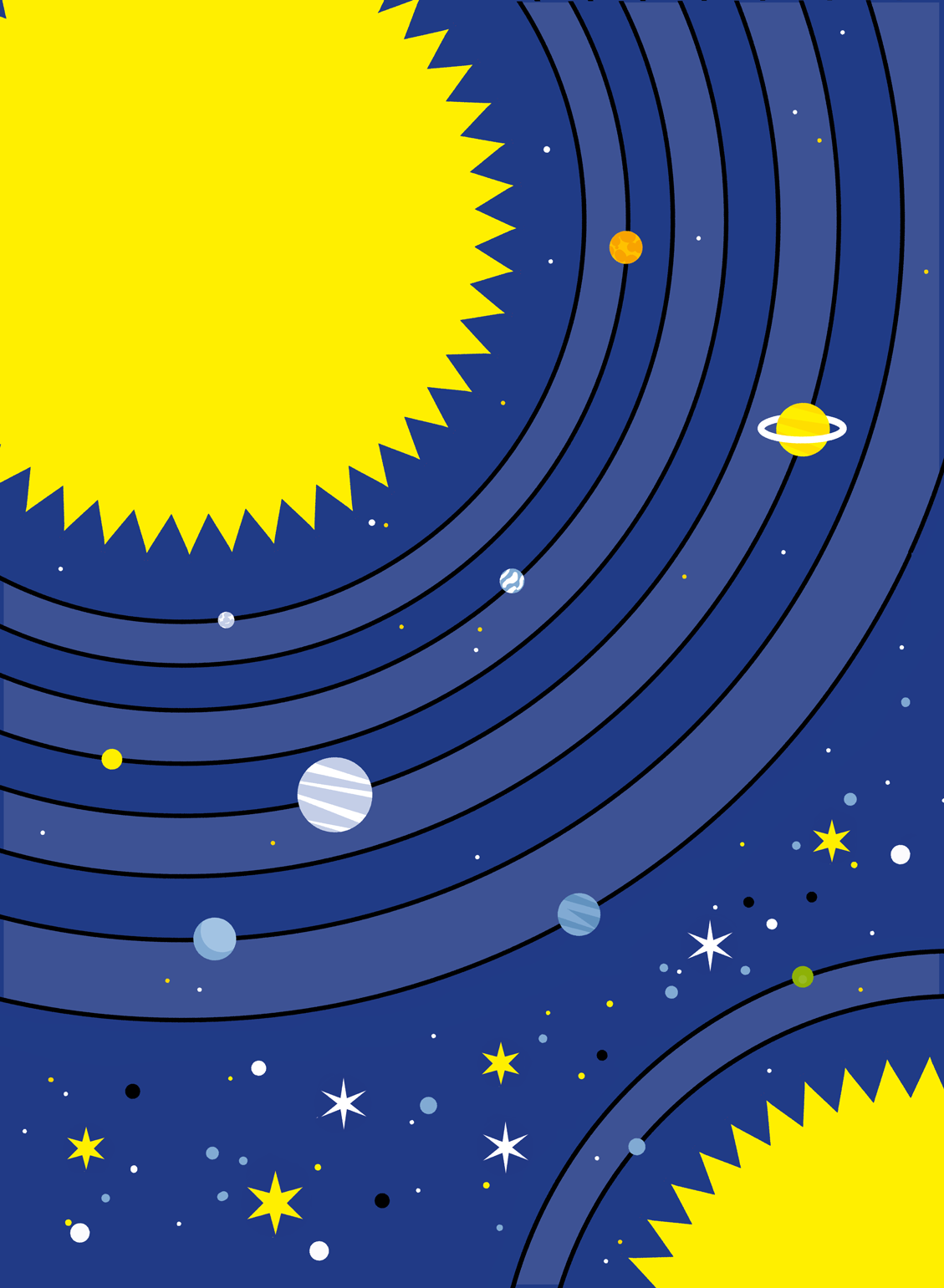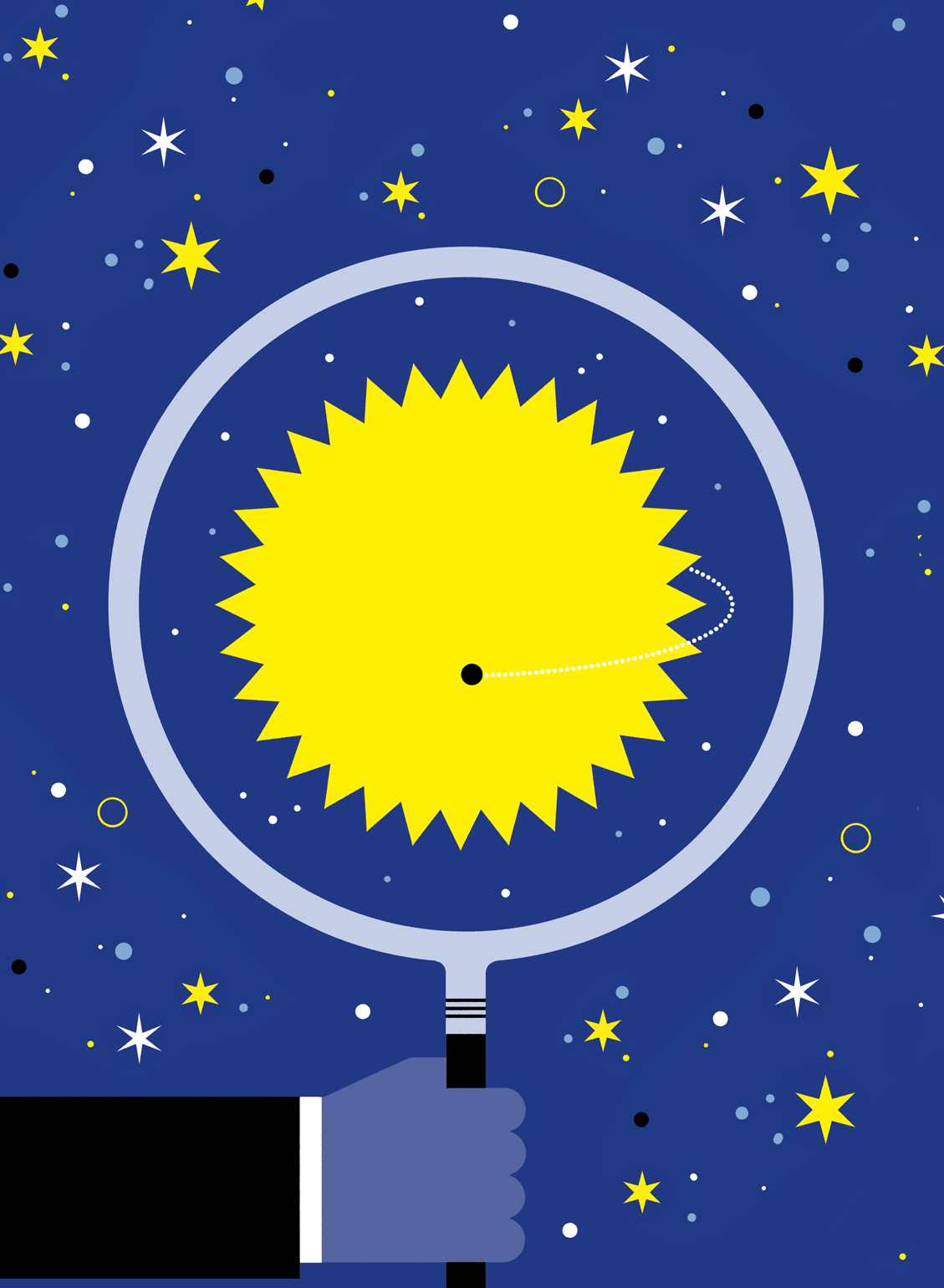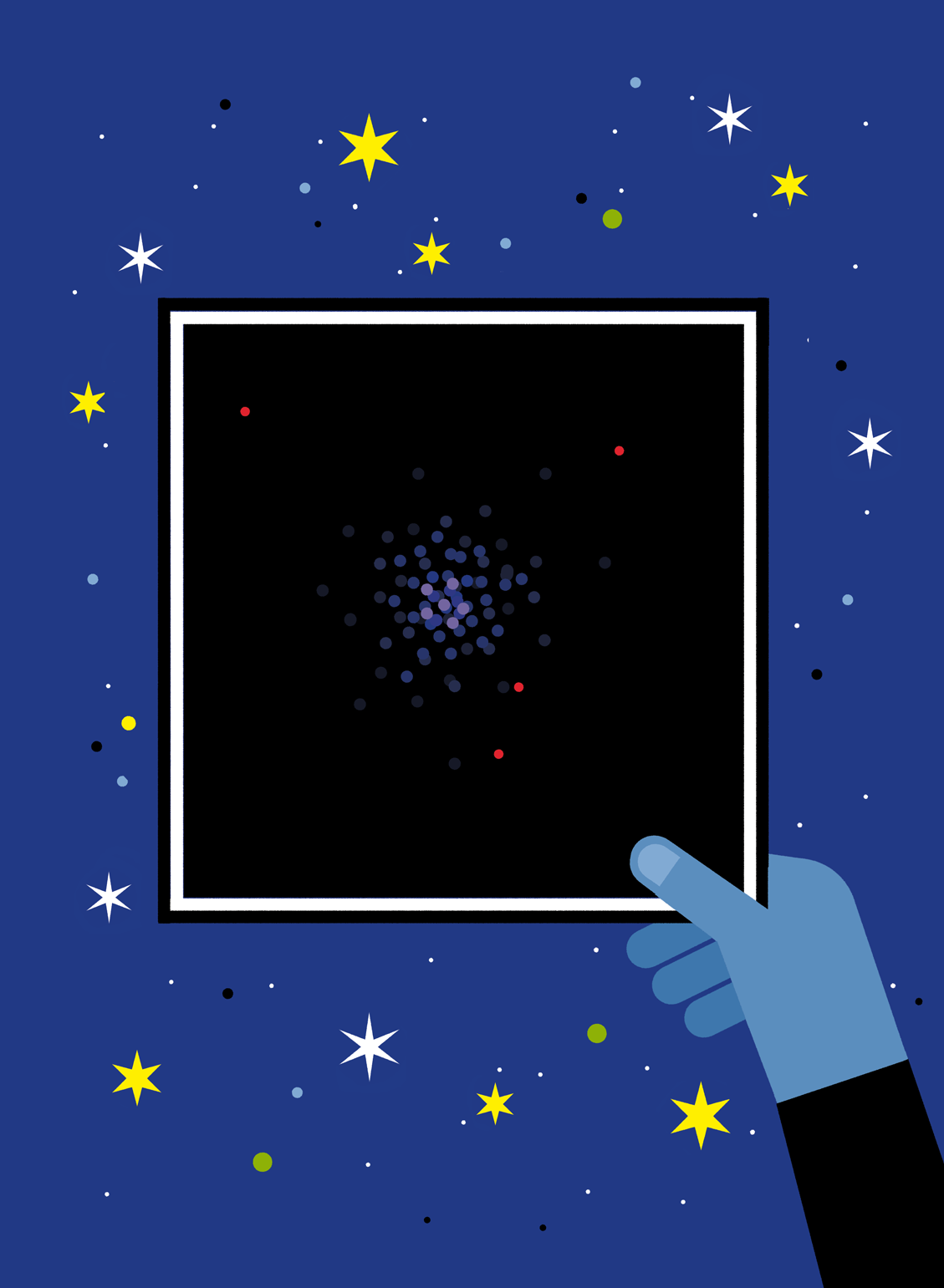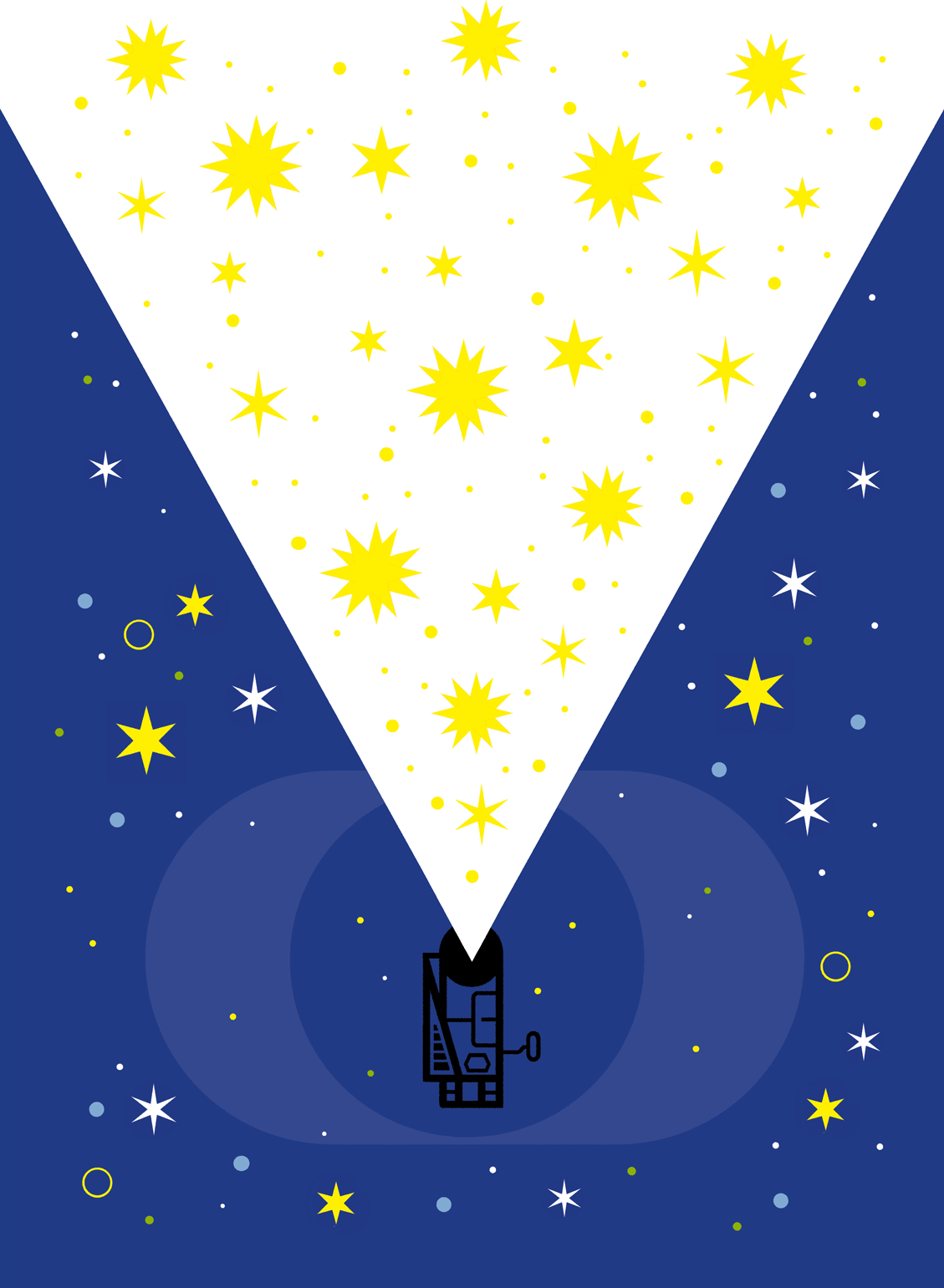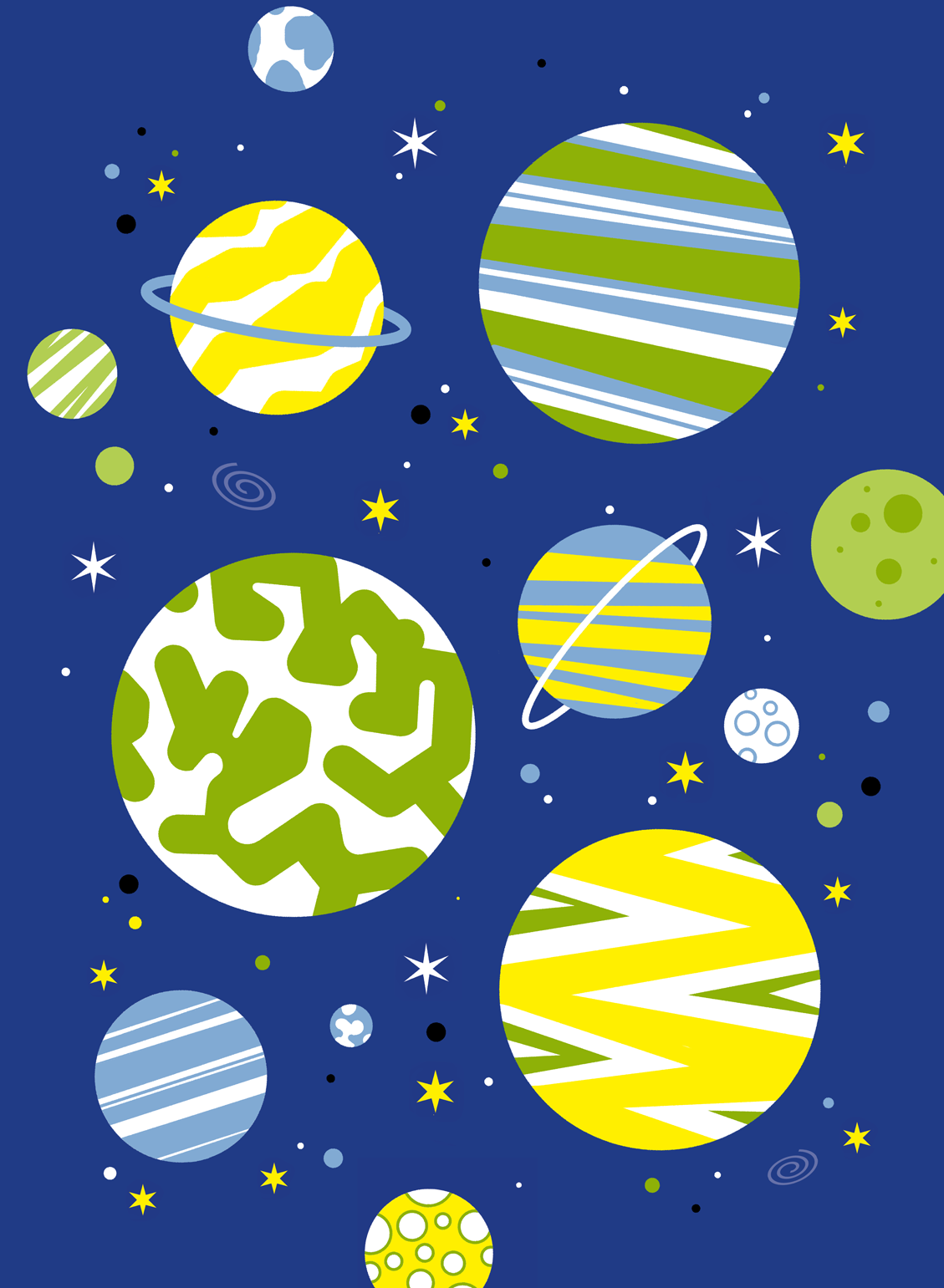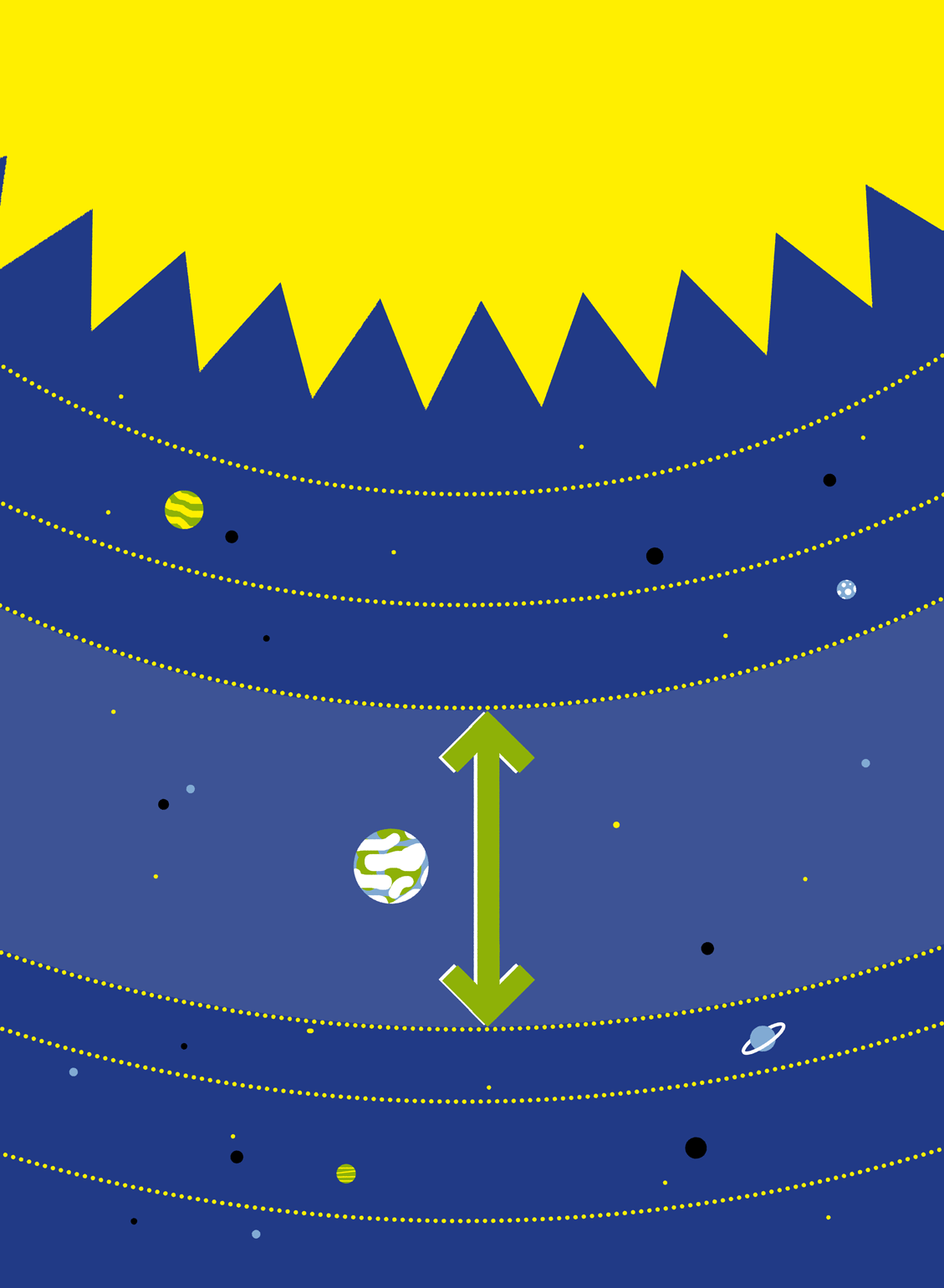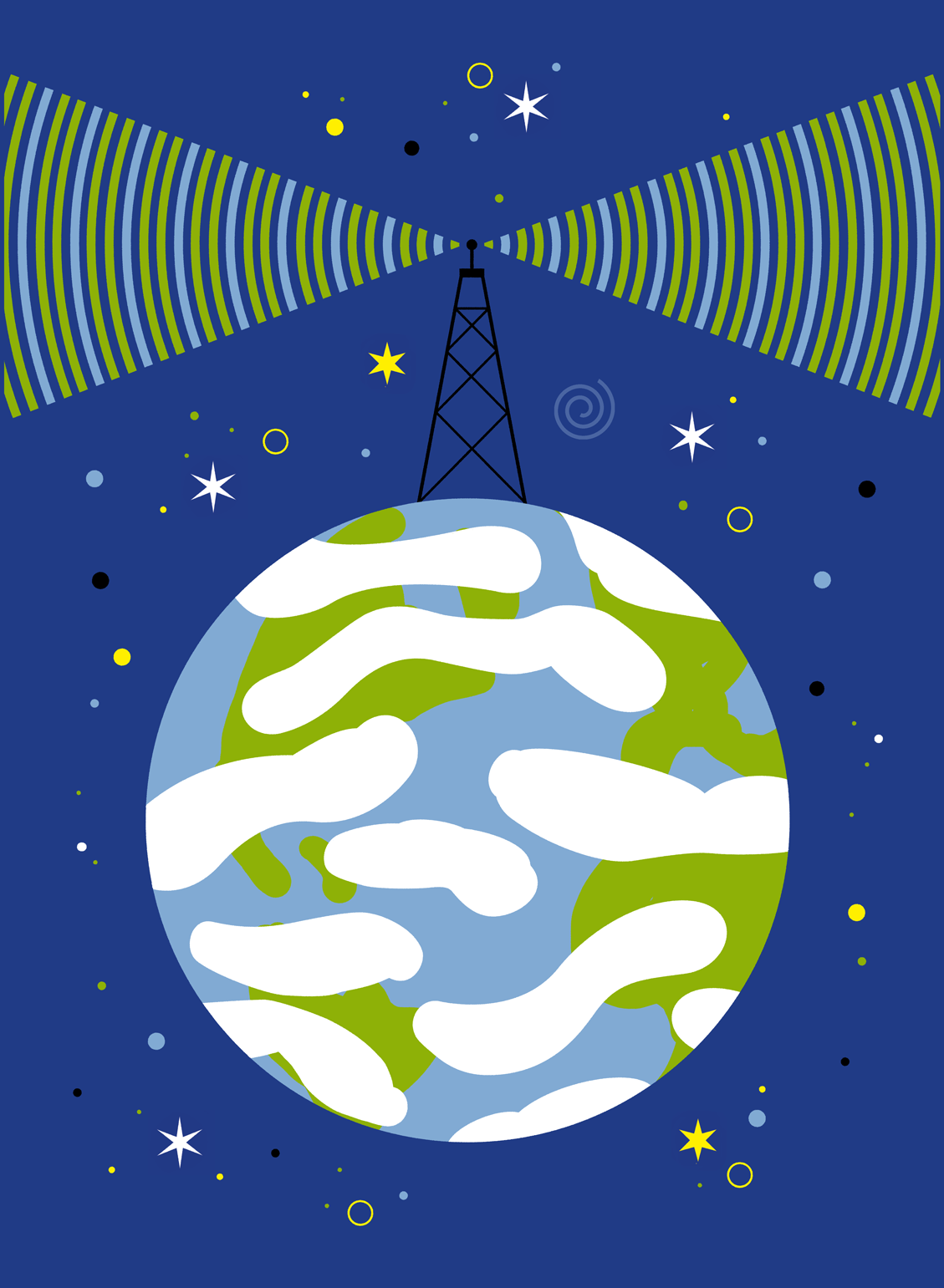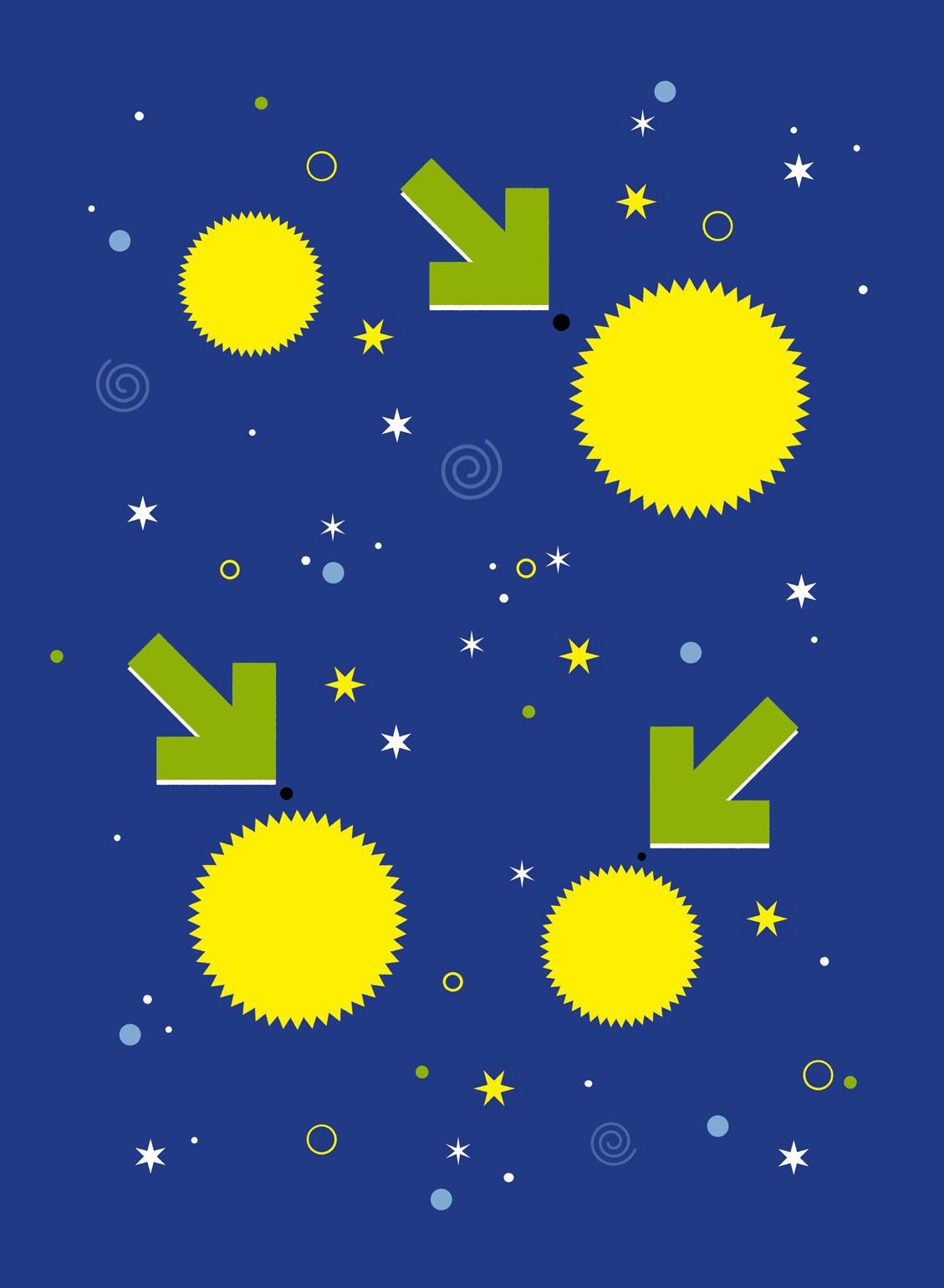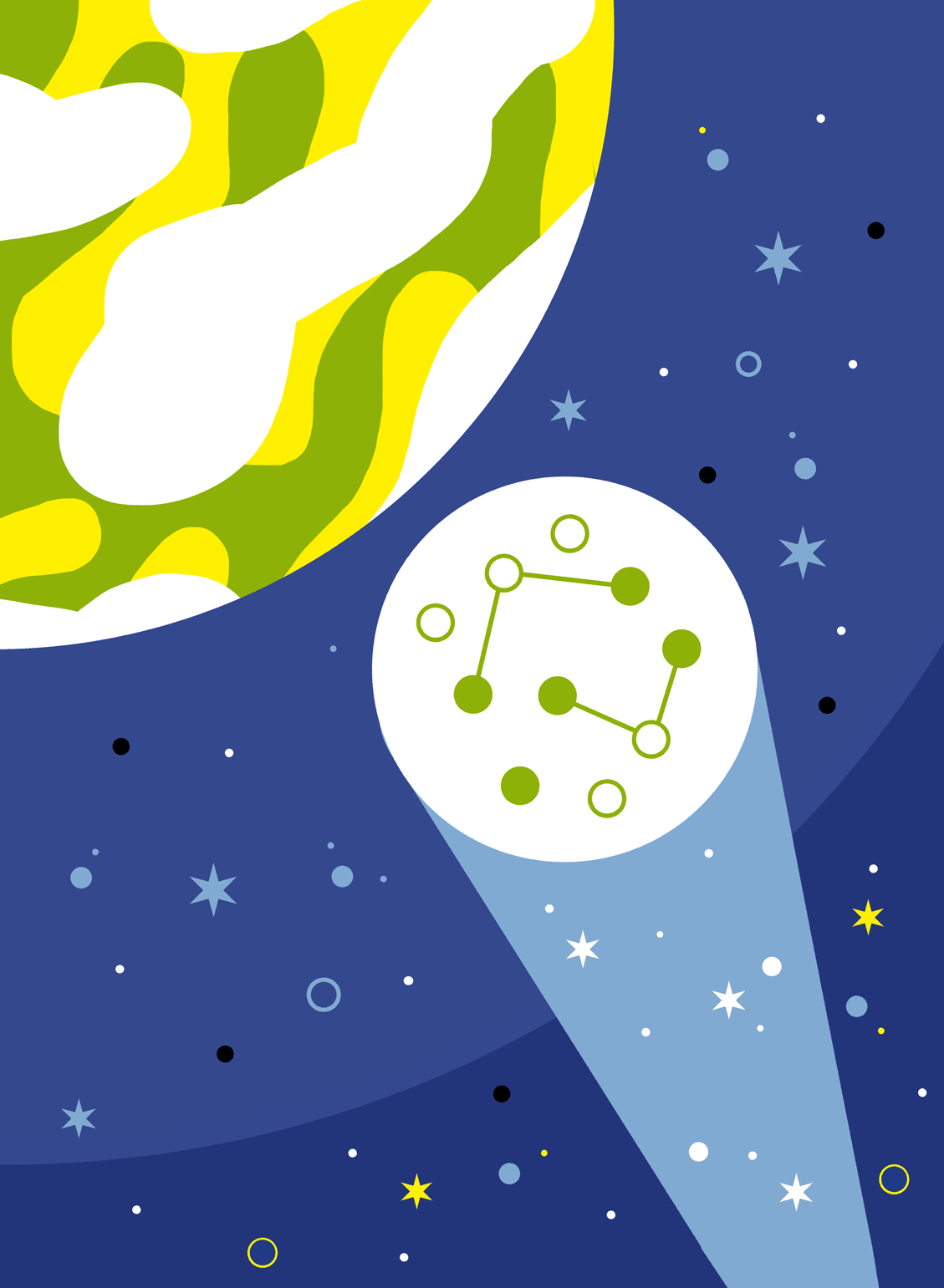Astrobiology
Astrobiology is a science where the knowledge of astronomy, planetary science, biology, biochemistry and geology is put together to try to answer a question that has been haunting humanity for a long time: are we alone in the Universe? The astronomer’s role in this collaborative project consists in discovering new exoplanets to identify the ones that could potentially host life.

Astrobiology
Astrobiology is a science that combines astronomy, planetary science, biology, biochemistry, and geology to try to answer a question that has fascinated humanity for a long time: are we alone in the Universe? Astronomers contribute to this field by discovering new exoplanets and identifying those that could harbor life.
W5M6V
The Kepler Telescope
Launched in 2009, the Kepler space telescope, named after the German astronomer Johannes Kepler (1571-1630), triggered a profound revolution in the field of exoplanets. For more than four years, the Kepler’s ultra-sensitive camera measured the brightness variations of 150,000 stars, leading to the discovery of a few thousand new exoplanets.
K8B8L
The Signatures of Life
If an extraterrestrial astronomer were to observe the Earth from their distant planet, using instruments similar to our current or near-future instruments, they would probably find out that our planet is inhabited. The presence of oxygen, methane, or water vapor in the atmosphere indicates biological activity. Moreover, radio and television signals reveal that life on Earth is complex and intelligent.
K8W5S
The Discovery of Exoplanets
Exoplanets - or extrasolar planets - are planets orbiting stars other than the Sun. For a long time, astronomers suspected their existence, but it was not until the technological advances of the early 1990s that the first discoveries were made. 51 Pegasi b is the first exoplanet that was detected around a Sun-like star, in 1995.
H7C5R
The Planetary Zoo
The diversity of exoplanets is amazing. There are "hot Jupiters," gas giants with masses comparable to Jupiter that are located very close to their star, "ocean planets" that are completely covered with liquid, and "super-Earths," rocky planets slightly bigger than the Earth. Planets were also discovered in orbit around binary stars, and even in triple-star systems.
S8T4S
Searching for Other Earths
The best strategy for finding planets similar in size and mass to Earth is to search for them around small stars known as red dwarfs. These stars are very common in our galaxy, and small planets are easier to detect around them. Instruments such as the space telescope TESS and the spectrographs SPIRou and NIRPS were conceived specifically to achieve this kind of detection.
J4Q3V
Indirect Detection of Exoplanets
Several techniques can be used to indirectly detect planets around stars other than our Sun. For example, astronomers can deduce the presence of exoplanets by carefully monitoring the periodic velocity or brightness variations of a star, caused by one or more planets orbiting around it.
K7R6M
The Habitable Zone of a Star
The "habitable zone" around a star is defined as the region where a rocky planet, similar to the Earth, would be just warm enough for water to remain liquid at the surface. This region is also called the "Goldilocks Zone," referring to the main character of “Goldilocks and the three bears,” who loved her soup neither too hot nor too cold.
Y5X8X
Detecting Life Remotely
The James Webb Space Telescope (JWST) is the new large space telescope slated to succeed the Hubble Space Telescope in 2019. One of its onboard instruments, called NIRISS, is specifically designed to detect and measure the chemical composition of the atmosphere of Earth-like planets orbiting red dwarf stars, and thus possibly discover the first signs of extraterrestrial life.
K4R7Q
Observing Exoplanets
Planets in orbit around a star reflect such a small fraction of its light that they are barely detectable. Using large telescopes, combined with complex observation and analysis techniques, astronomers are able to cover the blinding light of the star in order to reveal exoplanets. The planetary system around HR 8799 was discovered in 2008 using this method.
A9P8T
Exomoons
Since many planets in our solar system have moons, astronomers suspect that exoplanets have their own exomoons. These moons could present conditions that are hospitable to life as we know it. Their discovery would thus significantly increase the possibility of finding habitable worlds.
W9M9P
This collection on astrobiology was made in partnership with the Institute for research on exoplanets (iREx), a world leader in the development of international projects to detect and study exoplanets. Its completion was made possible thanks to financial support from the Ministère de l’Économie, de la Science et de l’Innovation as part of the NovaScience program.

